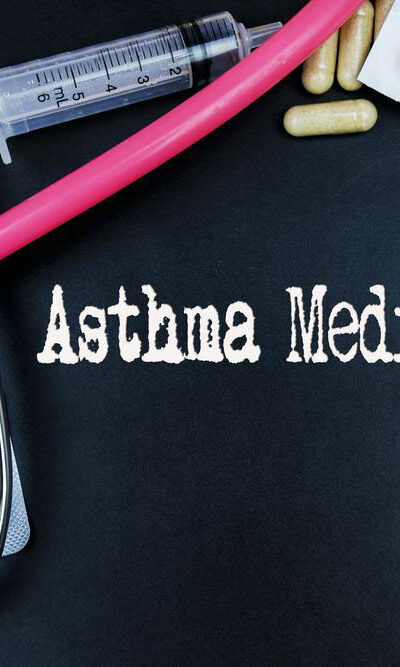
Abdominal Hernia – Types and Treatments
A hernia can be caused to both adults and children. The common types of a hernia are an incisional, epigastric, and umbilical hernia. In an incisional hernia, your tissue pushes through a weak spot in the groin muscles that causes a bulge. This bulge in the groin or scrotum can be the cause of pain that may also feel like a burn. This is caused because the wall in the belly muscle does not close as it should, thereby causing an opening and any pressure can cause the tissue to bulge. This may soon occur after birth for some. It often feels like a round lump and can often occur suddenly. A physical test by the doctor can easily help detect a hernia. You may sometimes feel a relief from the pain once you lie down. The treatments for hernia has to be administered as it does not heal on its own. The chances of your hernia getting worse may also be prevalent. You can wait to have a surgery if the pain is not substantial. Hernias that are small and does not cause pain can also be left untreated after proper consultation with a doctor. Surgery is the common option to treat a hernia, and people sometimes opt for a surgery even when it does not cause much pain. Some doctors also believe that surgery is a much viable option than a strangulation. This is one of the treatments for hernia that is often opted for children who need medical intervention immediately. A surgery does not guarantee the eradication of a hernia and it may reoccur. Certain things are to be avoided and precaution is required to be administered by those who have had surgery to as one of the treatments for hernia. Most of the hernias occur in the abdomen and one of such types of a hernia is an epigastric hernia.










